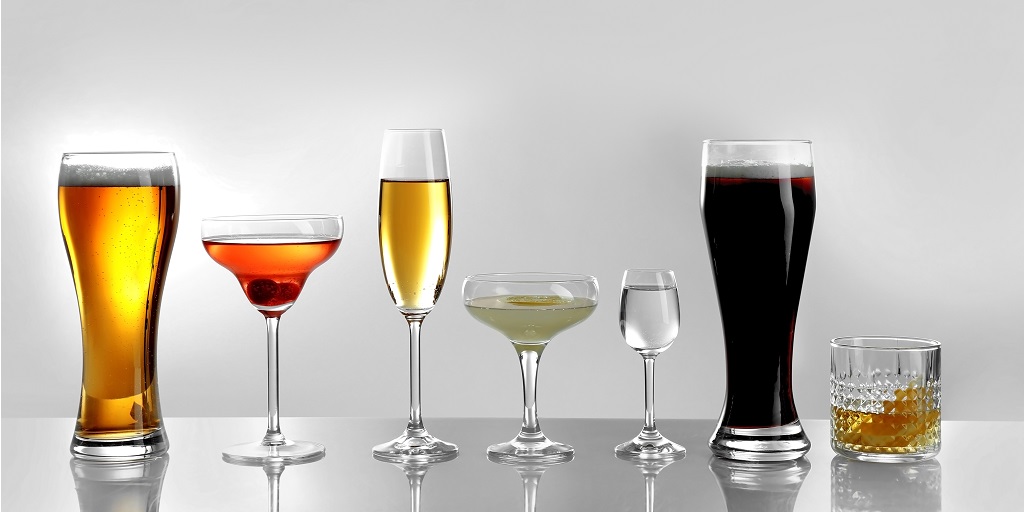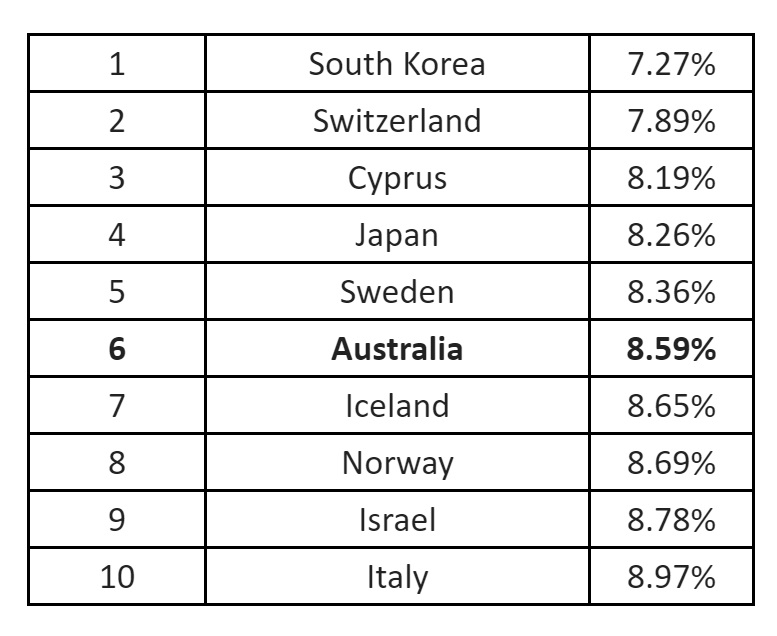
ABA hails Australia's 'new norm' of moderate drinking
Articles published under the media release byline are news produced by the relevant business and remain unedited by Brews News. This media release was circulated by Alcohol Beverages Australia.
 In a submission to the draft National Preventive Health Strategy, Alcohol Beverages Australia has highlighted Australia’s maturing relationship with the use and consumption of alcohol where drinking in moderation is the new norm.
In a submission to the draft National Preventive Health Strategy, Alcohol Beverages Australia has highlighted Australia’s maturing relationship with the use and consumption of alcohol where drinking in moderation is the new norm.
CEO Andrew Wilsmore said it is time Government gave Australians a pat on the back for leading such a significant cultural change. “The job isn’t completed just yet, but the key drivers of these improvements must feature in any forward-looking preventative health strategy.
“The vast majority of Australians are now choosing to drink at low-risk levels, including a 50% increase in the number of underage Australians abstaining from alcohol over the past 14 years and a 18% decrease in the number of Australians drinking at lifetime risky levels.
“Many people don’t realise that per capita consumption of alcohol is at its lowest in level in 50 years due to Australian’s adjusting the way they drink – choosing to drink less, but often choosing to drink better.
“There have been reductions too in the harms of alcohol with the government’s own figures showing a 32% decrease in alcohol related physical violence and a 20% reduction in verbal abuse since 2013.
“These successes have been achieved through a series of sensible and balanced partnerships between industry and Government with co-regulatory measures that target risky drinking behaviours and ensure the responsible marketing and sale of alcoholic products.
“You only have to look at drink driving where a combination of police RBTs, government and industry-funded media and educational campaigns, and supportive materials at Point of Sale in bottleshops and pubs have delivered significant improvements. In 1980, in NSW alone, 244 drivers and motorbike riders were killed with a blood alcohol concentration above 0.05; by 2017, that number had been reduced to 44,” said Mr Wilsmore.
“We are also proud of our industry funding of DrinkWise and the whole-of-community approach DrinkWise takes to their partnerships with government agencies, police, sporting associations, Indigenous groups and NGOs. DrinkWise’s national information and education campaigns and practical resources help to inform communities about alcohol and to reduce alcohol-related harm.”
“The drivers of substantial cultural change should be contained in the Strategy, so we can build on these successes in the years ahead,” Mr Wilsmore said.
ABA supports the proposed target of a 10% reduction in harmful consumption by Australians but recommends it be aligned with the Government’s own target set in the National Alcohol Strategy, where all states agreed to a 10% reduction between 2019 and 2028.
ABA is also urging for the final National Preventive Health Strategy to present important time series analysis to show the improvements across many diseases and risk factors and to ensure Governments preventative health policy and regulatory response is appropriate after having clearly defined the problems to be solved.

Source WHO: Global Health Observatory
“Australians are getting healthier. In the most recent Burden of Disease Study we can see cardiovascular disease has decreased significantly over 40 years, down 36% (age standardised rate); along with substantial drops in the age standardised burden attributable to high cholesterol (down 49%), high blood pressure (down 41%) and dietary risk (down 34%),” said Mr Wilsmore.
These results coincide with World Health Organisation data where, on a world comparison of the probability of dying prematurely between the ages 30 and 70 from known major non communicable diseases (cardiovascular disease, cancer, diabetes, or chronic respiratory disease), Australia is ranked the sixth lowest.
“It’s a much better outcome than nations like our neighbours and trading partners such as New Zealand (10.26%), the UK (10.3%), the United States (13.56%) and China (15.85%),” said Mr Wilsmore.



